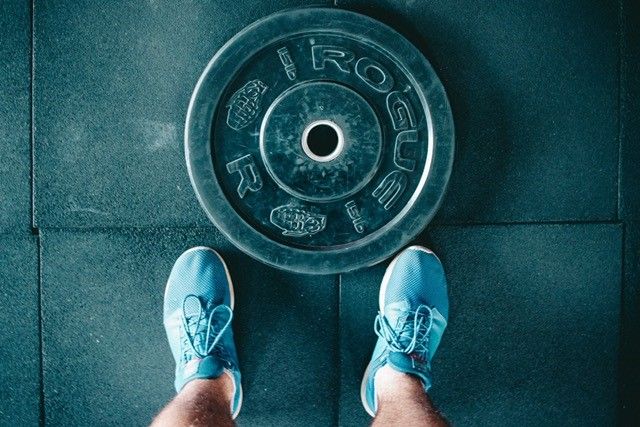PHA is the acronym for Peripheral Heart Action, or “cardiac peripheral action”, and can represent a valid alternative to more traditional workouts or high intensity interval training.
We have often talked about HIIT, High Intense Interval Training, to indicate a high intensity metabolic training, among the most requested today and also among the most effective. This type of training involves the alternation of high intensity work phases with recovery phases, with a lowering of work intensity, which is still quite high. Scientifically, this is considered by all to be one of the most effective methods for reactivating and increasing metabolism. Despite this, there are limitations:
1, HIIT involves very high intensities that are hardly suited to an absolute beginner.
2. HIIT is recommended for a maximum of 2/3 times a week, otherwise it produces oxidative stress and increases the percentage of injuries.
3. HIIT is not suitable for those with joint problems.
4. HIIT requires both a ready physique and a mind ready to face sustained work rhythms, with limited or no breaks.
What can be a training and metabolic solution, suitable even for a beginner, other than high intensity interval training? The solution can be found in a workout that combines cardiovascular work and resistance to strength, according to the PHA method.
What is that
The Peripheral Heart Action method is a type of circuit training, developed in the 1950s by Dr. Arthur H. Steinhaus, who hypothesized to use consecutive exercises on body areas as far apart as possible (quadriceps / shoulders, pectorals / calves, glutes / biceps), alternating upper body to lower body or vice versa. This is in contrast to the “classic” method which offers consecutive exercises (in superset or triset) on muscle groups close to each other.
PHA conditions the body as a whole in a single session (total body training) and combines the principles of cardiovascular training with training with overloads. The goal is to improve the blood circulation of the entire system during a single training session.
One of the ways to improve physical fitness is to act on the activity of the heart and lungs: the PHA method aims to achieve this goal, using a sequence of 6/8 exercises that alternate the muscles of the upper body with the muscles of the lower part. of the body. The small muscles around the heart are the first to be involved, followed by the larger muscles, towards the peripheral areas of the body. Although the basic structure of a PHA workout is essentially that of circuit training, there is a difference in approach. In PHA, exercises are selected to pump blood to the extremities, promoting general circulation and reducing local accumulation of lactic acid. A great advantage especially for women and for all those who suffer from water retention and circulatory problems in the lower limbs.
The benefits
The main benefits of using PHA are:
- the combination of aerobic training and muscle endurance work;
- the improvement of cardio-circulatory and respiratory efficiency, thanks to recapillarization;
- depending on the programming, the PHA method can be adapted to athletes or to people with medium / low fitness levels;
- the decrease in the percentage of body fat and the increase in lean mass;
- blood pressure regulation;
- the improvement of peripheral circulation, especially in the presence of retention and cellulite in the lower limbs;
- the use of overloads and work against gravity are useful for neuromuscular and bone development;
- the increase in aerobic power, especially in its cardiovascular variant, which involves the inclusion of purely cardio stations within the group of 6/8 exercises.
Finally, it all depends on the basic programming, which makes a PHA circuit more or less intense.
Next week, we will propose a workout, according to this method. Ready to train with us?
Stay Tuned!
– .



